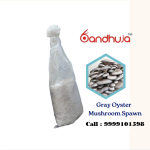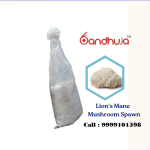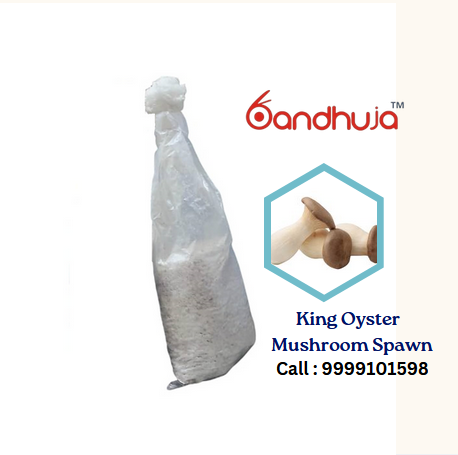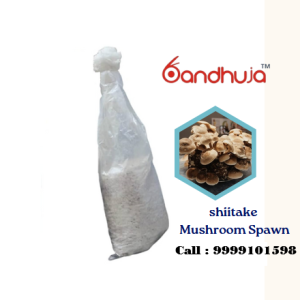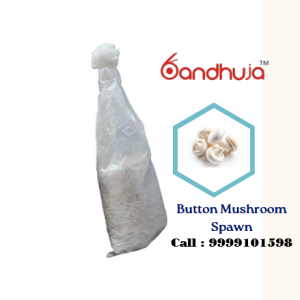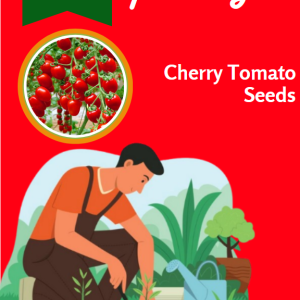Description
King oyster mushroom farming, involving the cultivation of Pleurotus eryngii, is a rewarding agricultural practice that has gained popularity due to the mushroom’s unique flavor, meaty texture, and versatility in culinary applications. King oyster mushrooms are known for their large size and thick stems, making them a favorite among chefs and home cooks alike. Here’s an overview of the key aspects of king oyster mushroom farming:
1. Growing Conditions
King oyster mushrooms thrive in specific environmental conditions, which include:
Temperature: The ideal temperature for growing king oyster mushrooms ranges from 60°F to 75°F (15°C to 24°C). They prefer slightly cooler temperatures during the fruiting stage.
Humidity: High humidity levels (around 85-95%) are crucial for optimal growth. Maintaining humidity helps prevent the mushrooms from drying out and promotes healthy fruiting.
Light: King oyster mushrooms require some light for fruiting, but they do not need direct sunlight. Indirect light or fluorescent lighting is sufficient.
2. Substrate Preparation
King oyster mushrooms can be cultivated on various substrates, with the following being the most common:
Sawdust: Hardwood sawdust is often used as a primary substrate, providing the necessary nutrients for growth.
Straw: Wheat or rice straw can also be used, often in combination with other materials.
Agricultural Byproducts: Other materials, such as corn cobs or sugarcane bagasse, can be utilized as substrates, making the process more sustainable.
The substrate must be properly prepared and pasteurized to eliminate contaminants before inoculation.
3. Spawn Inoculation
Mushroom spawn, which contains the mycelium of the king oyster mushroom, is used to inoculate the prepared substrate. This process is typically done in a clean environment to minimize contamination. The spawn is mixed thoroughly with the substrate and placed in bags or containers.
4. Colonization
After inoculation, the substrate is placed in a dark, warm environment to allow the mycelium to colonize. This process usually takes about 14 to 21 days, depending on the substrate and environmental conditions. During this time, the mycelium spreads throughout the substrate, breaking it down and preparing for fruiting.
5. Fruiting
Once the substrate is fully colonized, conditions are adjusted to initiate fruiting:
Temperature: Slightly lower temperatures may be introduced, typically around 60°F to 68°F (15°C to 20°C).
Humidity: Humidity levels should be maintained or increased to promote healthy growth.
Fresh Air: Adequate ventilation is crucial to prevent carbon dioxide buildup and encourage the development of fruiting bodies.
After a few days, small mushroom pins will begin to form, eventually developing into mature king oyster mushrooms.
6. Harvesting
King oyster mushrooms are typically harvested when the caps are still slightly curved and before they flatten out. Harvesting is done by twisting or cutting the mushrooms at the base to avoid damaging the surrounding mycelium, allowing for subsequent flushes.
7. Post-Harvest Handling
After harvesting, mushrooms should be cleaned and packaged carefully to maintain freshness. They are best stored in cool, humid conditions and can be sold fresh, dried, or processed. Proper handling is essential to prevent bruising and spoilage.
8. Challenges in King Oyster Farming
Pest and Disease Management: Common pests include flies and slugs, while diseases can include bacterial blotch and mold. Implementing good hygiene and pest management practices is essential.
Market Demand: Understanding local market trends and consumer preferences can help farmers maximize sales.
Environmental Control: Maintaining optimal growing conditions can be challenging, especially in fluctuating climates.
9. Economic Viability
King oyster mushroom farming can be a profitable venture due to the high demand for fresh mushrooms. With relatively low startup costs and the ability to grow on various substrates, it offers opportunities for both small-scale and commercial farmers. The unique culinary appeal of king oyster mushrooms can also command higher prices in the market.
Conclusion
King oyster mushroom farming is a sustainable and rewarding agricultural practice that can be pursued by both beginners and experienced growers. With the right techniques, knowledge, and attention to detail, farmers can successfully cultivate king oyster mushrooms and tap into a growing market, contributing to both their income and the availability of this delicious mushroom variety.

